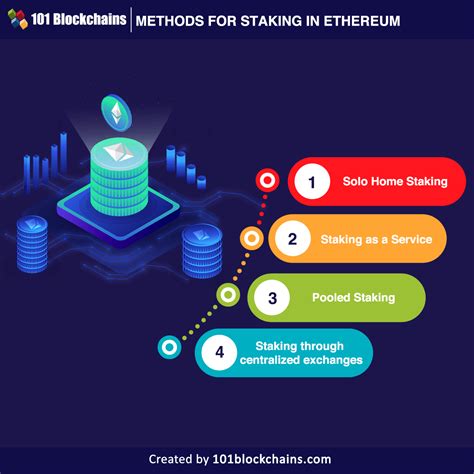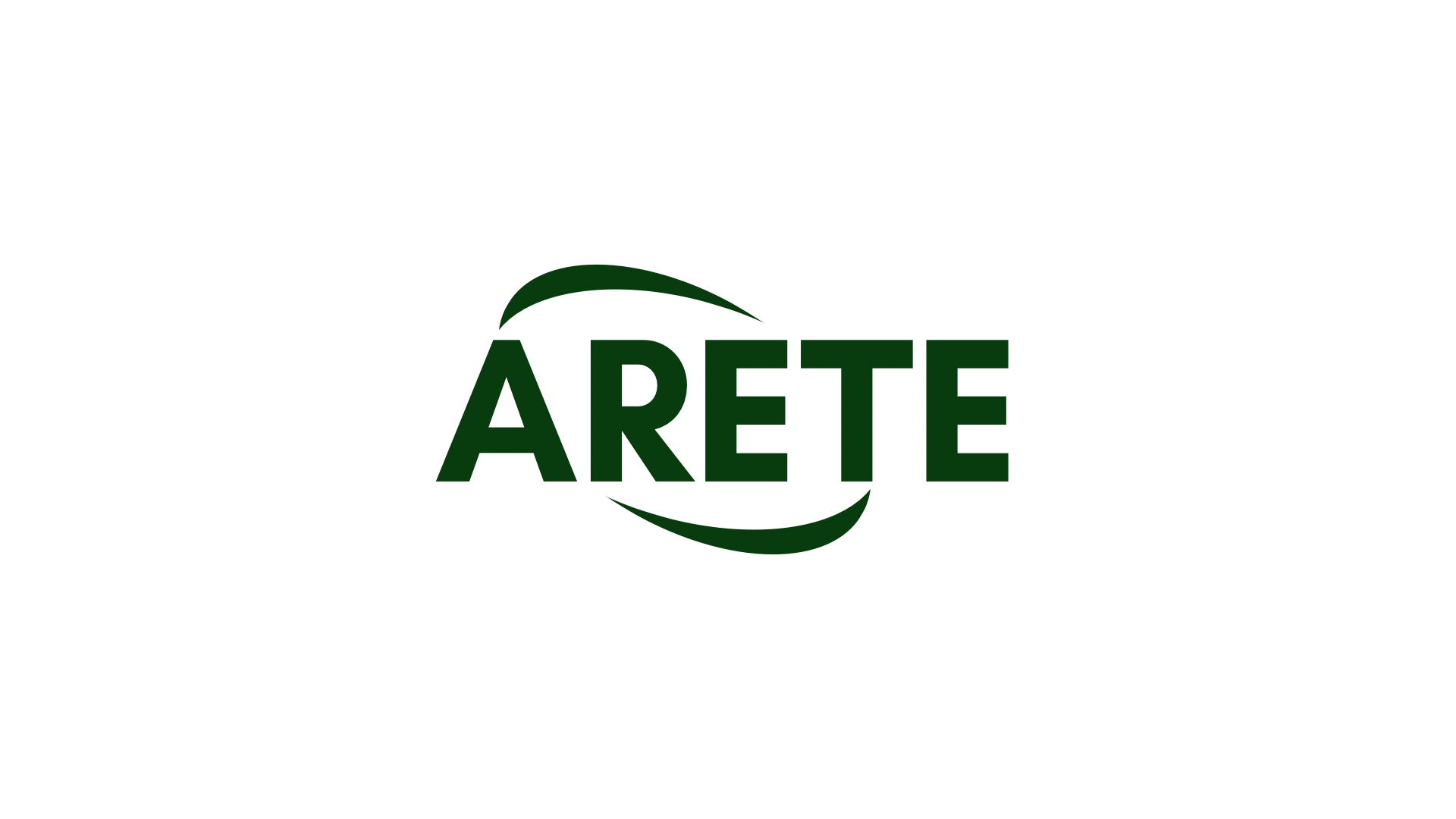Ethereum: How well changed P2Pool?
The Ethereum network is a decentralized open source platform that allows intellectual contracts and decentralized programs (DAPPS). However, like any other Blockchain -based system, it is based on a certain level of scale to process operations and perform difficult calculations on time. In this article, we will examine how well the P2Pool scales are and what design reasons are needed to make it possible to change more.
P2Pool Review
P2Pool is an open consensus on a parallel consensus in the pool created by the Etherum Research Group (ERG) ETH Zurich. This should change the consensus by Salgorithm on Byzantine Error -tolerant (BFT) used on the Bitcoin network. P2Pool aims to increase the scale and speed up the operation of operations.
Consider scaling
Although P2Pool promises, its scaling is still an area of permanent research and discussion. Here are some important concerns:
* BLOCK SIMY : Currently, each block contains 1 MB data on Ethereum. This can lead to ineffective use of network permeability.
* Operations processing time : Parallel operation of operations using P2Pool can cause slower operation time compared to conventional BFT consensus algorithms such as POS or PBFT.
P2POOL MATERIAL RESULTS
Assuming the constant increase in the block size, you will find some possible different Bitcoin mining percentages through P2Pool:

10% Bitcoin mining
* Current implementation : When 1 MB blocks for surgery and the average block time is 15 seconds, it would take about 200 minutes to process one operation. This corresponds to about 5.4 hours.
* Master replacement : If P2Pool has increased similarly, it can increase the average block time to about 10-20 minutes and enable the operation of operations.
50% Bitcoin mining
* Current implementation : When the block size is 1 MB and the average block time is 15 seconds, it would take about 100 minutes to process one operation.
* Master replacement : If P2Pool has increased similarly, it can increase the average block time to about 5-10 minutes and significantly improve the operation of operations.
100% Bitcoin mining
* Current implementation : When the block size is 1 MB and the average block time is 15 seconds, it would take about 40 minutes per operation.
* Master replacement : If P2Pool increases similarly, it can increase the average block time to about 10-20 minutes and further improve the treatment of operations.
Design Aspects
There are several aspects of design for P2Pool to be replaced:
1
2.
3.
- Parallelization : At the same time, the use of parallel processing methods can significantly improve the change of scaling.
Diploma
Although P2Pool promises to change scaling, there are still a number of challenges that need to be overcome before it can be considered a practical alternative to conventional consensus Salg such as POS or PBFT. Continuing research and development, P2Pool can improve and improve its scaling skills.

